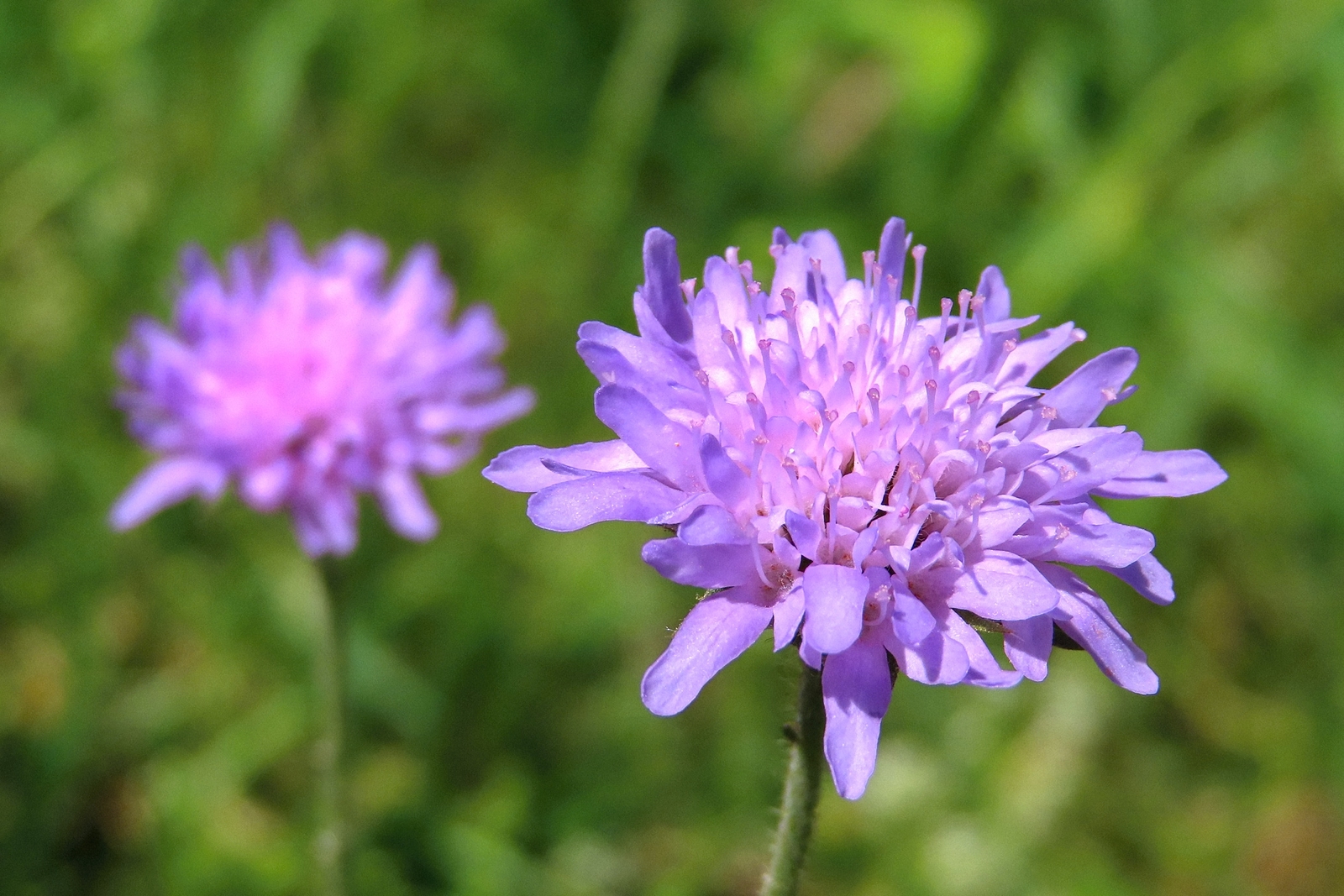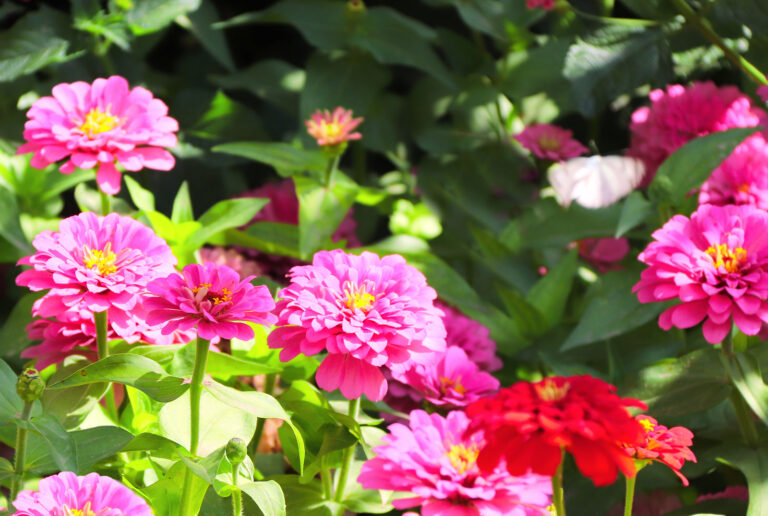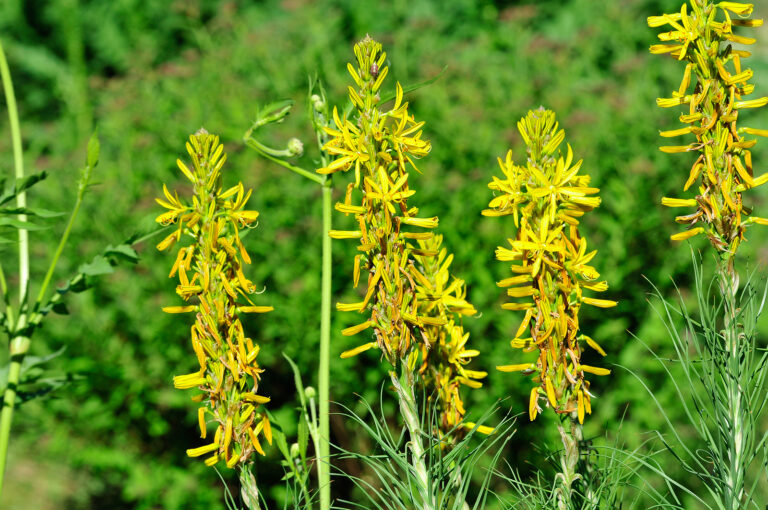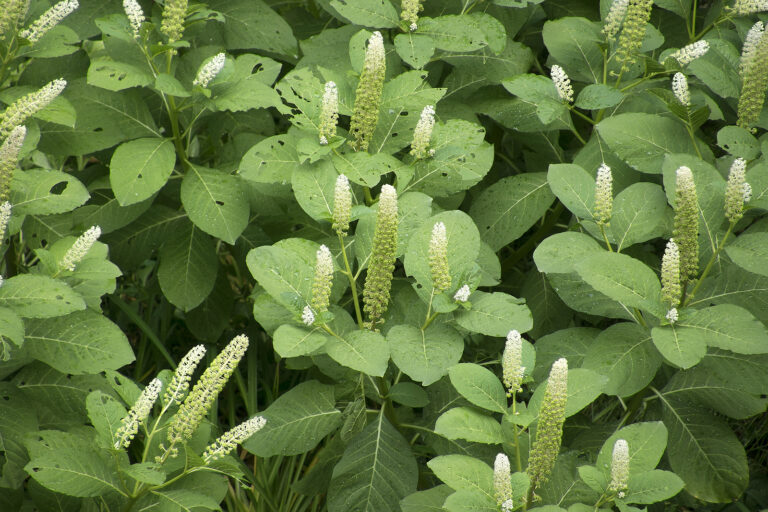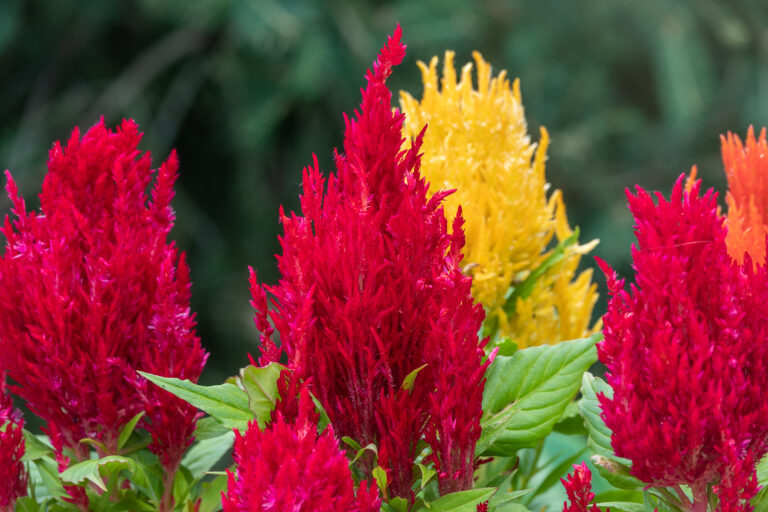How to Grow Blue Buttons — Knautia
Knautia–commonly called blue buttons–is a perennial that bears bluish-lilac flowerheads with soft bristly bracts. Knautia closely resembles its cousin Scabiosa and is sometimes called field Scabiosa.
Knautia is clump-forming. It has erect hairless stems; dull green slightly lobed leaves to 10 inches (25cm) long grow from the base of the plant; upper leaves are deeply divided.
Knautia is at home in perennial borders as well as cottage, meadow, and roadside gardens. Knautia is easy to grow. Flowers are good for cutting and can be dried for winter use.
Knautia is a genus of 40 species native to meadows and woodlands in Europe, the Caucasus, and Russia.
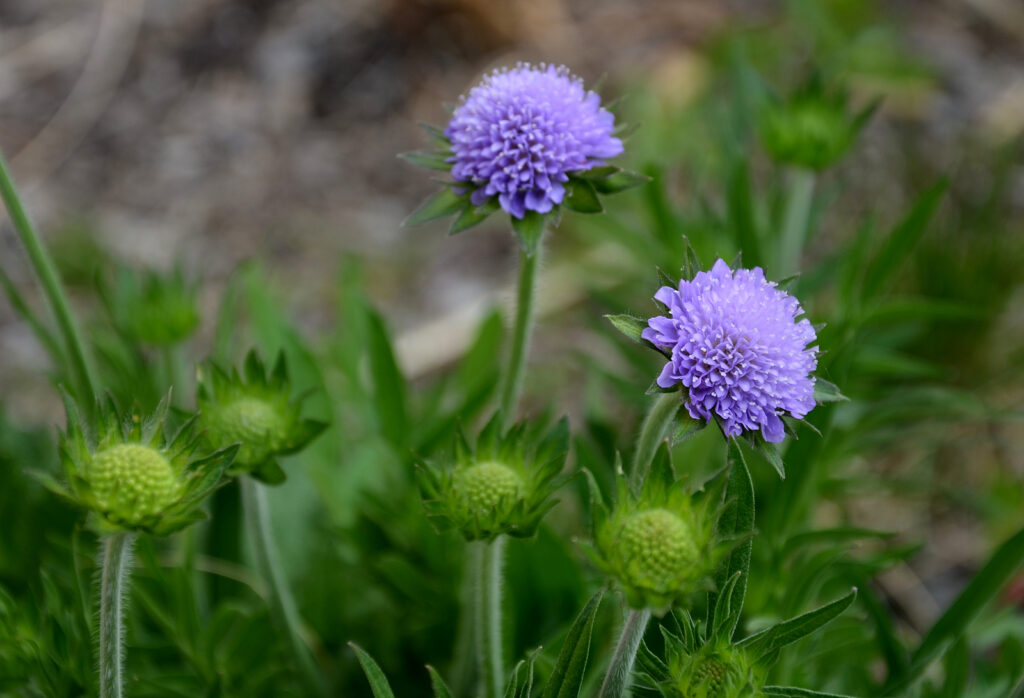
Get to know Knautia
- Plant type: Annuals and perennials
- Growing zones and range: Zones 4 to 8
- Hardiness: Hardy to Zone 4
- Height and width: Varies, to 6 feet (2m) tall and 36 inches (90cm) wide
- Growth rate: Fast
- Form and habit: Clump-forming
- Foliage: Overwintering rosettes of simple to pinnatifid basal leaves and opposite pairs of stem leaves, which are pinnatifid or simple
- Flowers: Cup-shaped involucres of bracts, surrounding dense, bluish lilac or reddish purple flowerheads
- Bloom time: Midsummer to early autumn
- Uses: Herbaceous border, cottage garden, wild garden, perennial border, meadow or roadside garden
- Garden companions: More sturdy but open plants, such as perennial salvia, that can prop it up; or with airy bloomers, such as baby’s breath and Brazilian verbena (Verbena bonariensis)
- Common name: Blue buttons, field Scabiosa
- Botanical name: Knautia
- Family name: Dipsacaceae
- Origin: Europe, Caucases, Russia (Siberia), and North Africa
Where to plant Knautia
- Plant Knautia in full sun.
- Plant Knautia in moderately fertile, well-drained, preferably alkaline soil.
When to plant Knautia
- Set container-grown Knautia in the garden in spring or autumn.
- Sow Knautia seed in containers in a cold frame in spring.
Planting and spacing Knautia
- Space Knautia 18 inches (47cm) apart.
- Plants start out neat and tidy in spring. You may feel like they are spaced too far apart. But as summer wears on, the plants spread and can become quite floppy.
How to water and feed Knautia
- Give Knautia regular water.
- Feed Knautia an acidifying fertilizer occasionally.
How to care for Knautia
- Cut Knautia back in spring to keep them compact and prevent flowers from flopping in midsummer in hot climates.
- Knautia sometimes self-seeds; deadheading prevents reseeding.
Knautia pests and diseases
- Knautia are prone to aphids.
Knautia propagation
- Take basal cuttings in spring.
- Divide clumps if they become crowded.
Knautia varieties to grow
- Knautia arvensis, Blue buttons, clump-forming, deeply taprooted perennial with erect but often lax, hairless stems, the lower parts bristly. Produces simple to pinnatifid, hairy, dull green leaves, 2-10 inches (5-25cm) long, simple or pinnatifid higher up the stem. Flat-topped, bluish lilac flowerheads, 1.3-1.5 inches (3-4cm) across, with softly bristly, involucral bracts, are borne from midsummer to early autumn. To 5 feet (1.5m) tall and 12 inches (30cm) wide. Europe, Caucasus, Iran to Central Asia, Russia (Siberia).
- K. macedonica, clump-forming perennial with slender, branched stems; pinnatifid basal leaves, 3 inches (8cm) long, each with a large, terminal lobe; and simple or pinnatifid stem leaves, .75-6 inches (2-15cm) long. Numerous long-lasting, purple-red flowerheads, .5-1.3 inches (1.5-3cm) across, with softly bristly involucral bracts, are produced in mid- and late summer. To 24-32 inches (60-80cm) tall and 18 inches (45cm) wide. Central Balkans into Romania.
- K. tatarica, clump-forming biennial with hairy lower stems and pinnatifid, toothed, mid-green leaves, to 10 inches (25cm) long, with oblong-elliptic lobes. Bears flat-topped, long-lasting, bright yellow flowerheads, to 1.5 inches (4cm) across, with softly bristly, involucral bracts, from midsummer to early autumn. To 6 feet (2m) tall and 36 inches (90cm) wide. East Russia (Siberia).

